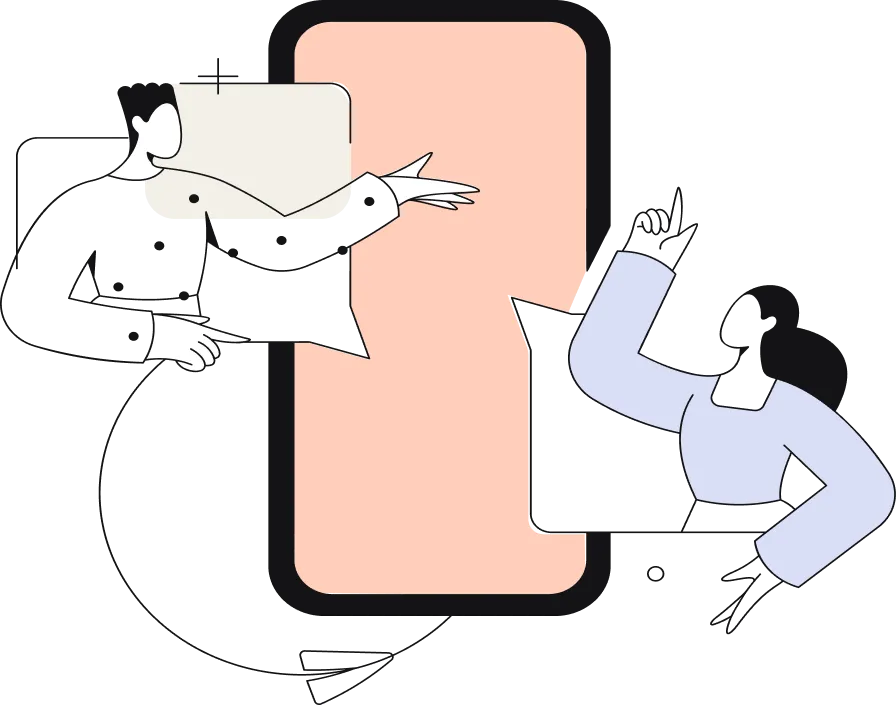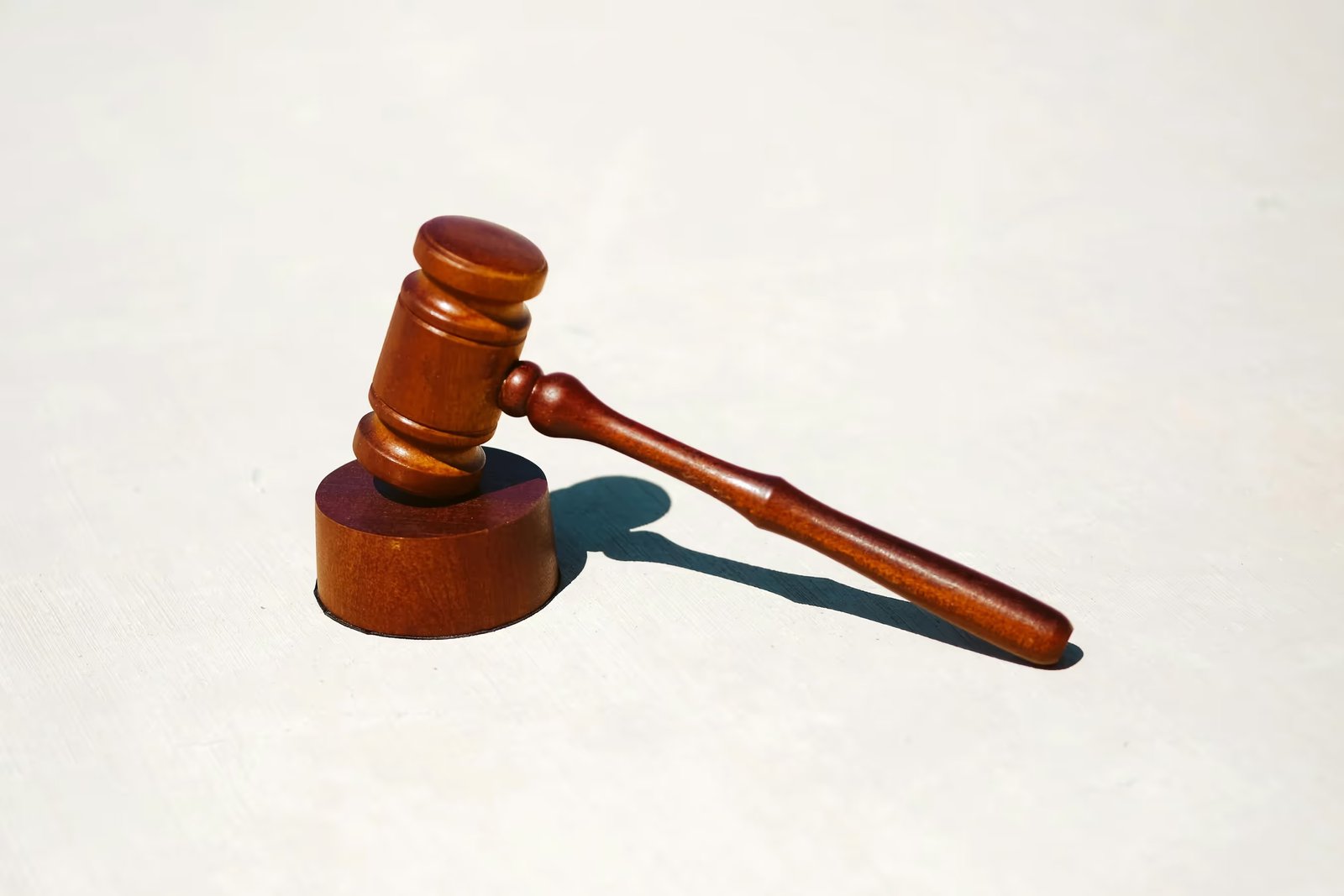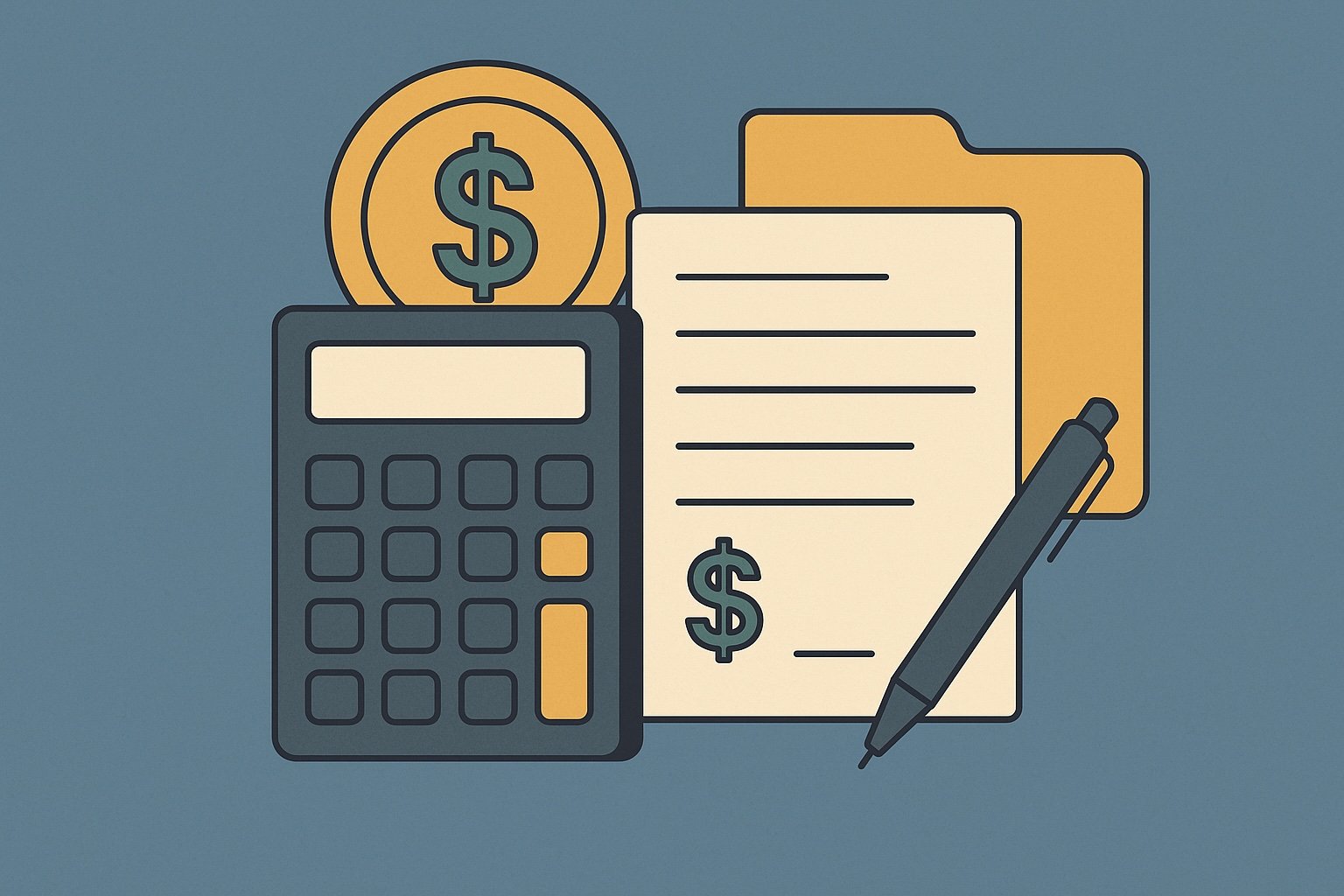Question
ARTE's Answer
A 1031 exchange, also known as a like-kind exchange, is a tax-deferral strategy that allows investors to defer capital gains taxes on the sale of investment properties by reinvesting the proceeds into a new, like-kind property. This strategy is particularly beneficial in high-tax states like California, where capital gains taxes can be significant. Here's how a 1031 exchange works in California, with an example to illustrate the process.
In California, as in other states, the 1031 exchange process is governed by federal tax law under Section 1031 of the Internal Revenue Code. The key steps and requirements for a successful 1031 exchange are as follows:
- Use of a Qualified Intermediary (QI): To ensure compliance with IRS regulations, you must use a Qualified Intermediary to facilitate the exchange. At Deferred.com, we offer qualified intermediary services, and our "No Fee Exchange" can save you money on the transaction. As your QI, we will hold the proceeds from the sale of your relinquished property and use them to acquire the replacement property on your behalf.
- Like-Kind Property: The properties involved in the exchange must be of like-kind, meaning they are of the same nature or character, even if they differ in grade or quality. In California, this typically means exchanging one real estate investment property for another, such as trading a rental property for a commercial building.
- Identification Period: You have 45 days from the sale of your relinquished property to identify potential replacement properties. You can identify up to three properties regardless of their value, or more than three if their combined value does not exceed 200% of the relinquished property's value.
- Exchange Period: You must complete the acquisition of the replacement property within 180 days of selling the relinquished property or by the due date of your tax return for the year in which the sale occurred, whichever comes first.
- Reinvestment of Proceeds: To fully defer capital gains taxes, you must reinvest all the net proceeds from the sale into the replacement property. Any cash or non-like-kind property received in the exchange is considered "boot" and may be subject to taxation.
Example:
Let's say you own a rental property in Los Angeles, California, valued at $800,000, with a mortgage of $200,000. You decide to sell this property and use the proceeds to purchase a commercial building in San Francisco, valued at $1,000,000.
- Sale of Relinquished Property: You sell your Los Angeles rental property for $800,000. After paying off the $200,000 mortgage and $50,000 in closing costs, you have $550,000 in net proceeds.
- Engage Deferred.com as Your QI: You engage us at Deferred.com to act as your Qualified Intermediary. We hold the $550,000 in proceeds from the sale.
- Identify Replacement Property: Within 45 days, you identify the San Francisco commercial building as your replacement property.
- Complete the Exchange: Within 180 days, you purchase the San Francisco building for $1,000,000. You use the $550,000 held by us, your QI, as a down payment and secure a new mortgage for the remaining $450,000.
By following these steps and using Deferred.com as your Qualified Intermediary, you successfully defer capital gains taxes on the sale of your Los Angeles rental property. This allows you to reinvest the full amount of your equity into a more valuable property, potentially increasing your investment returns.
A 1031 exchange in California can be a powerful tool for real estate investors looking to grow their portfolios while deferring taxes. By understanding the process and working with a reliable Qualified Intermediary like us at Deferred.com, you can navigate the complexities of the exchange and maximize your investment potential.
Have more questions? Call us at 866-442-1031 or send an email to support@deferred.com to talk with an exchange officer at Deferred.
Sources
1031 Question? Ask ARTE
Deferred's AI 1031 Research Assistant is trained on 8,000+ pages of US tax law and outperforms human CPAs by 22%+
CHAT NOW
Learn More
See more frequently asked questions about 1031 exchanges








